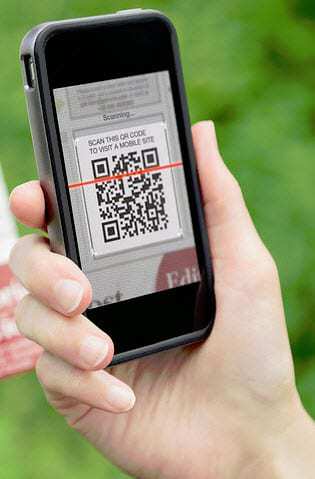Children from Pendle Primary have applied the quick response codes to their study of the Salthill Quarry.
A system of adding QR codes to the existing numbered posts at the Salthill Quarry in the United Kingdom has been created by Reserves Officer Phil Dykes from the Lancashire Wildlife Trust.
The program was created in order to help with a project for the students at the Pendle Primary School.
The reserves officer came up with the concept of adding the QR codes to the posts in order to make it possible for the students to obtain additional information about each of the individual areas of the Clitheroe reserve. He explained that while there was already some print information available, it is not uncommon for visitors to the site to make their way through it without obtaining a copy or without bringing it with them, which could effectively take away from the overall experience.
Reserves Officer Dykes used QR codes to make sure that everyone would always have the information available to them.
 He explained that “We have an information leaflet based on the 10 marked posts around the reserve, which is available from the local Tourist Information Office, but many visitors arrive without a copy.” This gave him the idea to make the information available to anyone who already had a smartphone or an iPad, so that they could scan the QRcode in front of them and have all of the information presented to them on their mobile screens.
He explained that “We have an information leaflet based on the 10 marked posts around the reserve, which is available from the local Tourist Information Office, but many visitors arrive without a copy.” This gave him the idea to make the information available to anyone who already had a smartphone or an iPad, so that they could scan the QRcode in front of them and have all of the information presented to them on their mobile screens.
He also added that his goal was to ensure that the information that was provided through the quick response codes was relevant to all visitors, regardless of their ages. Therefore, he enlisted the assistance of the students at Pendle Primary, who were keen to help out, under the guidance of their teacher, Richard Waterhouse.
The children, each in year 6, visited the reserve with the Reserve Officer, so that they could obtain information for each of the areas that would be receiving QR codes. They then came up with all of the information that they felt was the most important to share with regards to each of those ten different locations. From that, Reserve Officer Dykes selected the most interesting points for sharing and linked those to the barcodes that were displayed on the signs.
